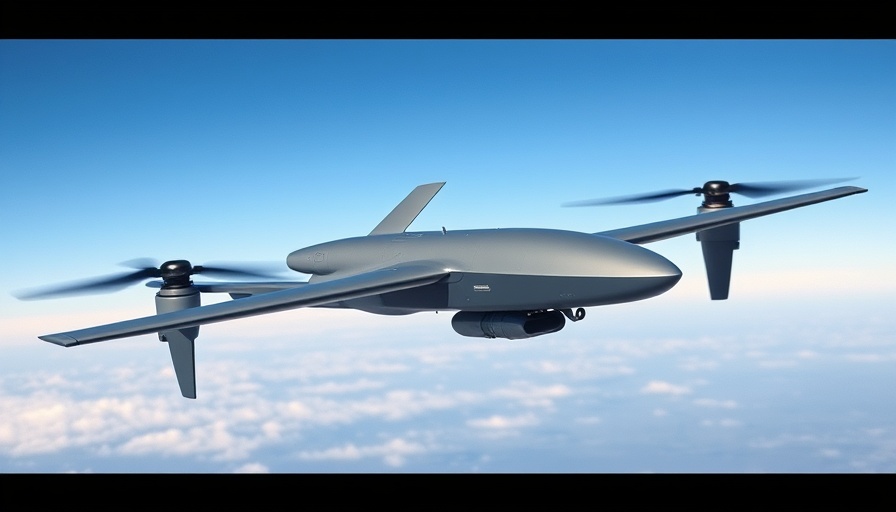
Navigating the End of Executive Order 11246: A New Era for Federal Contractors
On January 21, 2025, a significant shift occurred in the landscape for federal contractors when President Trump signed an executive order titled “Ending Illegal Discrimination and Restoring Merit-Based Opportunity.” This directive effectively rescinded the long-standing Executive Order 11246, which mandated affirmative action and anti-discrimination measures for federal contractors since 1965.
Understanding the Changes and Implications
The repeal of Executive Order 11246 introduces a new framework for federal contractors, dismantling key obligations they had previously been required to uphold. Under the former order, contractors were mandated to prohibit discrimination based on various identifiers such as race, gender, and religion, alongside implementing affirmative action plans aimed at promoting workforce diversity. The recent executive order now relieves contractors of these responsibilities, reshaping their expectations of compliance and operational mandates.
Immediate Compliance Requirements for Federal Contractors
With the revocation set to take effect on April 21, 2025, contractors must take swift and decisive actions to align with the new guidelines. Here are critical steps recommended for immediate implementation:
- Review Existing Policies: Conduct a thorough assessment of current affirmative action and DEI (Diversity, Equity, Inclusion) programs to ensure they are non-compliant with the new directive.
- Revise Employment Policies: Update all hiring, promotion, and compensation practices to strictly adhere to federal anti-discrimination laws without invoking affirmative action initiatives.
- Remove DEI References: Eliminate any references to DEI in all corporate communications, including contracts, employee handbooks, and training documents.
- Reassess Organizational Roles: Re-evaluate the roles of diversity officers or teams, shifting the focus away from DEI initiatives towards full compliance with anti-discrimination laws.
- Training for HR Teams: Equip HR and legal teams with the necessary knowledge about the new requirements to effectively manage future queries or compliance challenges.
Strategies for Effective Transition
As the April deadline approaches, it is imperative for federal contractors to not only adjust to the new legal landscape but also to anticipate the cultural shift that comes with these changes. Here are some strategies to assist in this transition:
- Clear Communication: Engage in transparent communications with employees to explain the changes, their implications, and how these adjustments align with broader business objectives.
- Document Changes: Ensure that changes are meticulously documented in all relevant contracts and internal policies to avoid any potential misunderstandings or compliance issues.
- Monitor Industry Trends: Stay informed about ongoing developments and potential further regulatory changes that could impact the landscape for contractors in the federal space.
Looking Forward: The Future of Federal Contracting
While the removal of affirmative action requirements may initially seem beneficial by reducing bureaucratic layers, it presents a mixed bag of challenges and opportunities for conformity and competition in the federal contracting arena. This evolving environment necessitates that contractors not only comply with the new regulations but also foster a corporate culture that promotes genuine inclusivity and equitable practices independent of enforced guidelines.
As federal contractors navigate this pivotal moment, they must recalibrate their strategies with foresight, ensuring they remain competitive and compliant in a landscape that’s rapidly transforming. By taking deliberate and informed actions now, they can safeguard their operations and contribute positively to the workforce environment for years to come.
 Add Row
Add Row  Add
Add 




Write A Comment